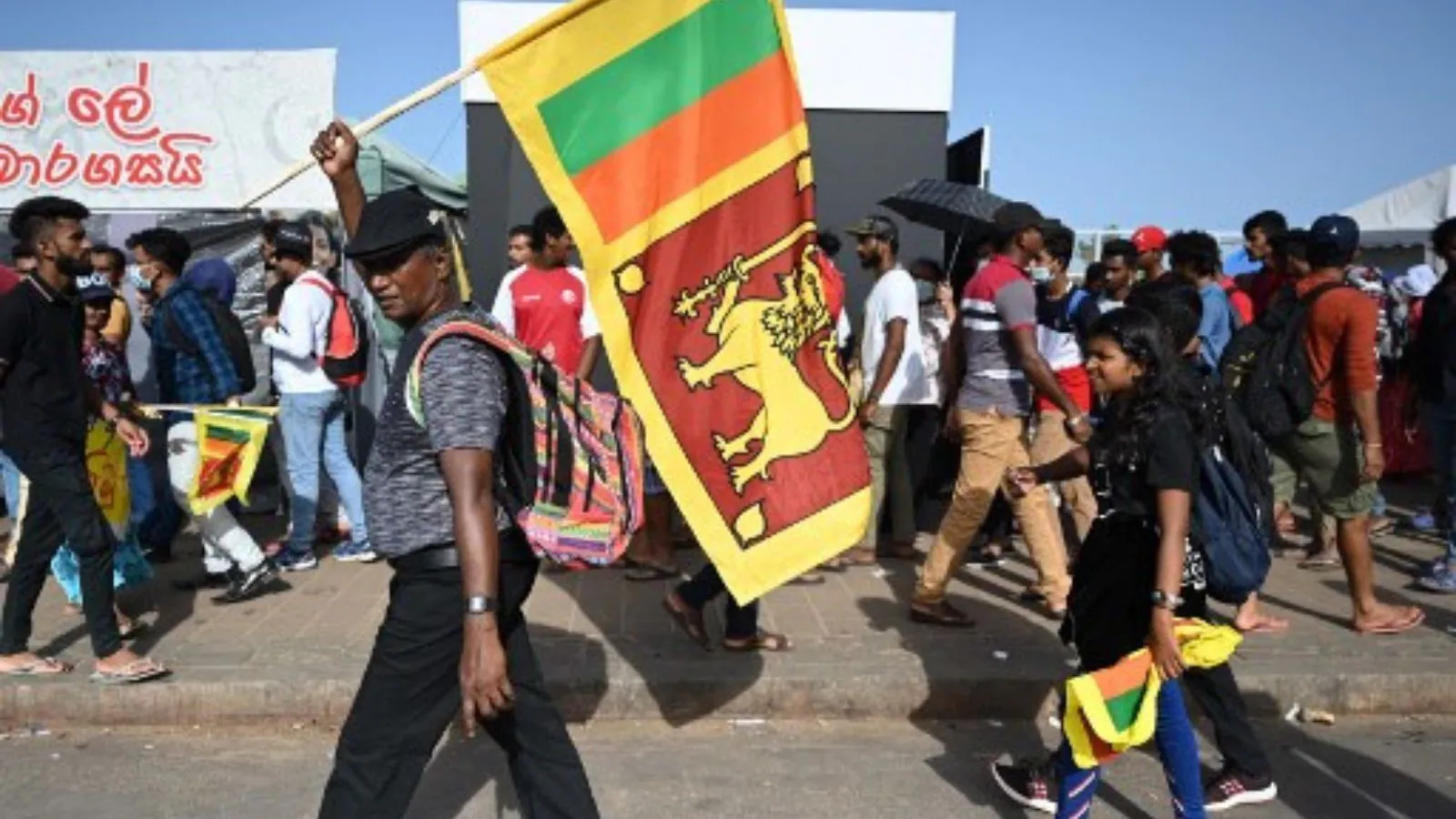
[ad_1]
Last Updated: July 14, 2022, 23:47 ISTSri Lanka is now a bankrupt country, said Prime Minister Ranil Wickremesinghe last week. (Image: AFP)Rajapaksa left the Maldives for Singapore, with the city-state’s government stating that he is on a “private visit” and has not asked for asylumSri Lanka has been witnessing a deep political and economic crisis for the last few months and on Thursday President Gotabaya Rajapaksa submitted his resignation to Speaker Mahinda Yapa Abeywardena shortly after reaching Singapore from the Maldives. The 73-year-old leader fled to the Maldives on Wednesday after protesters overran his palace on the weekend.
The people of Sri Lanka, an island nation, have suffered months of a lengthy power outage, acute food, and fuel shortages, and galloping inflation in its worst downturn in decades.
Protestors had demanded the resignation of Rajapaksa, whose government has been blamed for the unprecedented economic crisis that has brought the country to its knees. On Saturday, Rajapaksa announced to step down on July 13 after thousands of protesters stormed his official residence.
Sri Lanka is now a bankrupt country, said Prime Minister Ranil Wickremesinghe last week.
Have a look at how the crisis unfolded in cash-strapped Sri Lanka:
State of emergency on April 1: Rajapaksa declared a temporary state of emergency and gave security forces powers to arrest and detain suspects, after violent protests.
Cabinet resigns on April 3: Most of the Sri Lanka’s cabinet ministers resigned at a late-night meeting and left Rajapaksa and his brother Prime Minister Mahinda isolated.
President loses majority on April 5: President Rajapaksa’s problems deepened as finance minister Ali Sabry resigned just a day after he was given the post. Rajapaksa lost his parliamentary majority as former allies urged him to resign. He lifted the state of emergency.
First casualty on April 19: A protester was killed, the first casualty of months-long anti-government protests.
Violence on May 9: A mob of government loyalists attacked peaceful protesters camped outside the president’s office in Colombo. Nine people were killed and several others were injured in attacks. Mahinda resigned as PM and was rescued by troops after thousands of protesters stormed his Colombo residence. He was then replaced by Wickremesinghe.
Shoot-to-kill orders issued on May 10: The defence ministry ordered troops to shoot on sight anyone involved in looting or “causing harm to life”.
‘Humanitarian emergency’ on June 10: The United Nations warned that Sri Lanka is facing a dire humanitarian crisis. More than three-quarters of the population had reduced their food intake due to severe food shortages in the crisis-hit country, the UN said.
President’s home stormed on July 9: President Rajapaksa fled from his official residence in the country’s capital city Colombo with the help of security forces, shortly before protesters stormed the building. He was taken to an undisclosed location. Photos from inside the house showed demonstrators jumping in the pool, roaming in the garden and exploring the other areas of the residence. Wickremesinghe’s residence was set on fire and police said he and his family were not at the scene. Rajapaksa later offered to resign from the Presidential post on July 13, Speaker Abeywardana said in a televised statement.
President flees on July 13: Rajapaksa fled to the Maldives on an Air Force jet along with his wife and two bodyguards and appointed PM Wickremesinghe as acting president, the Speaker said. Following the President’s departure, the Sri Lankan government declared an indefinite state of emergency.
Rajapaksa resigns on July 14: Rajapaksa left the Maldives for Singapore, with the city-state’s government stating that he is on a “private visit” and has not asked for asylum. On arrival, he emailed his resignation as president to the Speaker, according to the Sri Lankan Speaker’s office. The resignation was forwarded to Sri Lanka’s attorney general to consider it legally before taking any decision on it.
(with inputs from AFP)
Read all the Latest News, Breaking News, watch Top Videos and Live TV here.
[ad_2]
Source